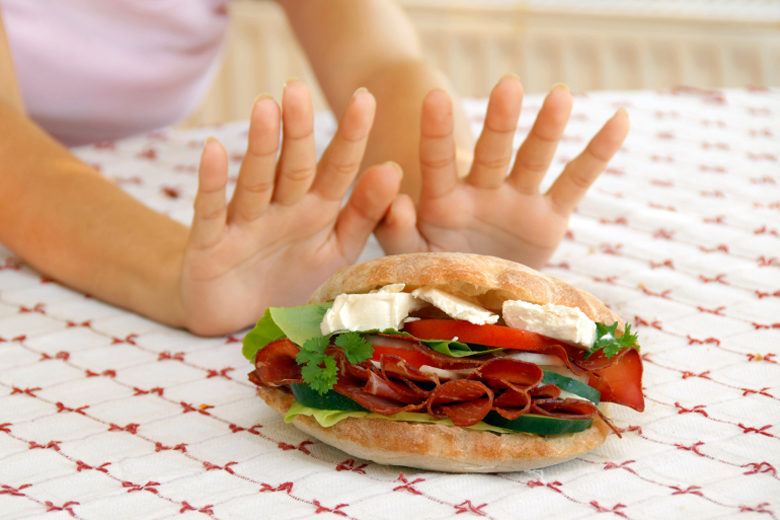
Wheat Belly, Paleo, Atkin’s, South Beach. What do all these names have in common? They’re fad diets that rely on eliminating specific foods, beverages, ingredients, or entire food groups from the daily diet in order to lose weight. Surely there are many more of these fads that can be listed — the weight loss industry has revenues over $60 billion and more than 100 million people are on diets in the United States.
Given those numbers, one would think obesity wouldn’t be as vast a problem as it is — more than 154 million adults and 23 million children are currently overweight or obese. The problem, you see, is that most people who participate in weight-loss programs and follow these elimination-based diets regain about one-third of the weight lost during the following year and are typically back to baseline — or higher — weight within three to five years. That’s why I don’t believe obesity can be blamed on any one food or ingredient, be it burgers and fries, soda, ice cream sundaes or anything else people enjoy eating.
So if eliminating specific foods doesn’t solve obesity, what does? In my experience counseling individuals, couples and families, I have found three main tools that lead to lasting weight loss for most people.
Tool #1: Plan. Plan. Plan. As the saying goes, “He who fails to plan, plans to fail.” This is especially true when it comes to achieving weight loss goals. Whether you live on your own or have a family to care for, it’s extremely important to sit down at the start of every week and create a meal and exercise plan for the week to come. It’s ok if not everything goes according to plan during the week, but you are more likely to have healthy, balanced meals and get in some exercise if you think about it and schedule it ahead of time.
Tool #2: All Foods in Moderation. This is my number one rule. Some people don’t agree with this, but what I have found in practice is that people who eliminate specific foods eventually give in and overeat the forbidden foods when faced with them. Some people find certain foods to be especially triggering. For example, I have had clients tell me that once they start eating cereal or dried fruit, they have a hard time stopping. Rather than having people avoid these foods, people need to be taught how to make behavioral changes that will help them eat and enjoy these foods in a healthy, appropriate way. Some helpful tips: Portion food into single serving bags or only consume the trigger food out of the house at a restaurant or event.
Tool #3: Nutritious Food, Delicious Life. That’s my motto. When you think of diet food, what comes to mind? Steamed chicken, broccoli and brown rice is one popular image — and a boring, bland one in my opinion. It’s hard to stick to a diet when flavor is lacking and you don’t get much enjoyment out of your meals. These days, food has become much more than just what we eat. It is a source of entertainment — think about all the televised food competitions, numerous food blogs, and food pictures posted on Pinterest. These platforms for showcasing food bring a new definition to eating with your eyes. There’s an increasingly important need for food to be both nutritious (good for you and moderately portioned) and delicious (flavorful and satisfying), especially for people who want to reach weight loss goals and maintain them for the long run.
For food photography and recipe ideas, head over to Healthy Aperture, a food photo site started and hosted by registered dietitians.






